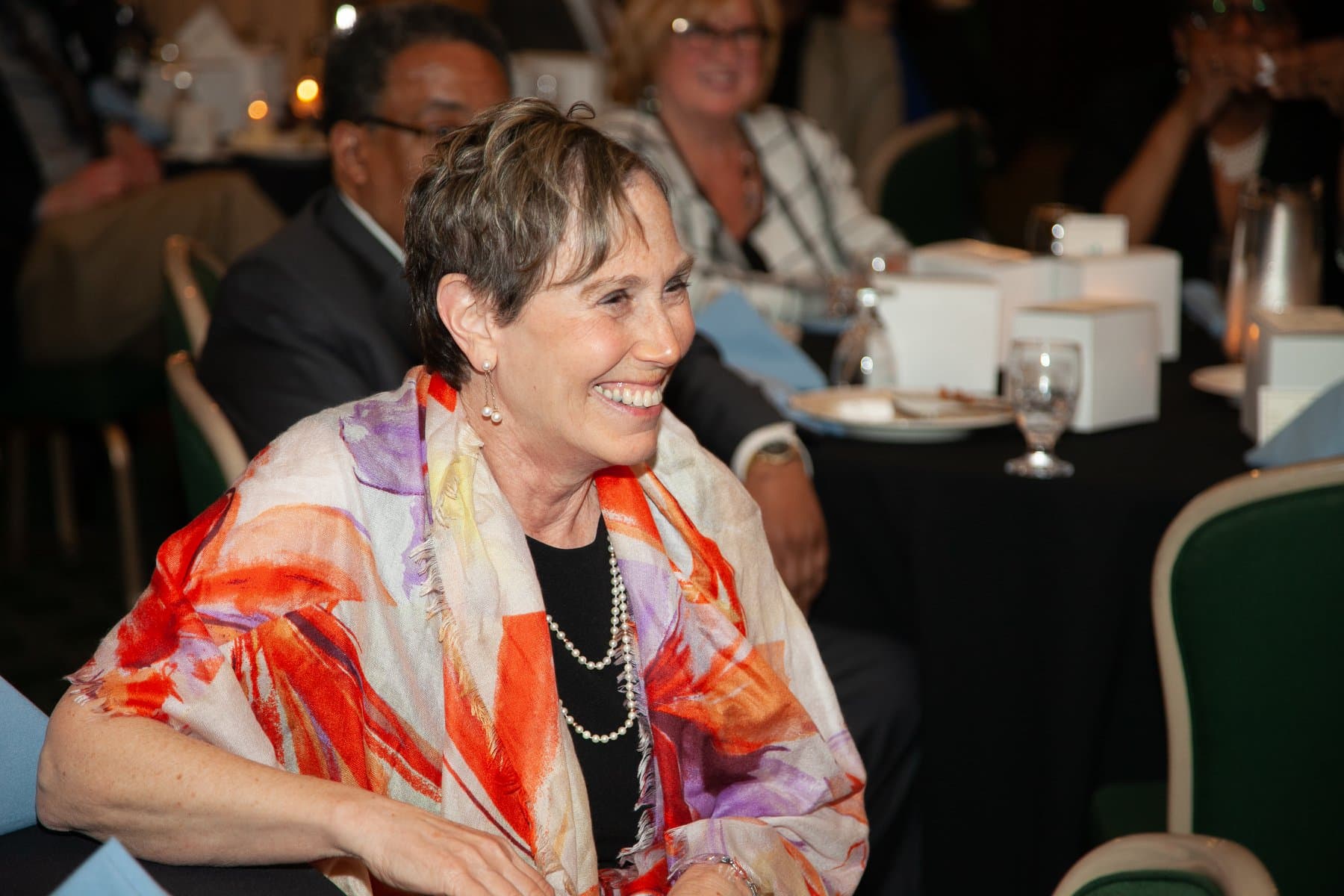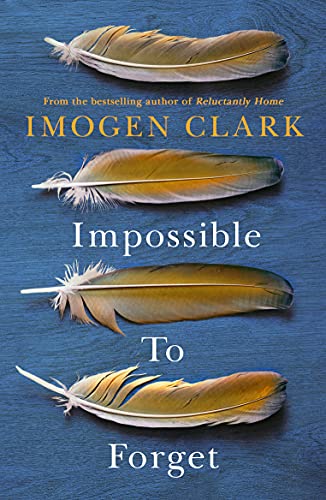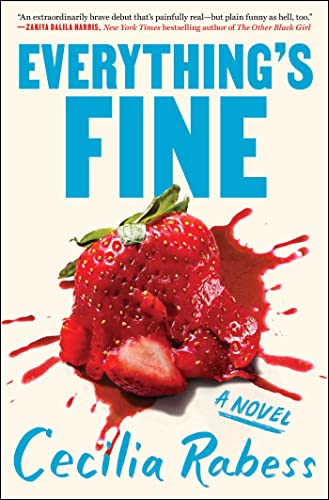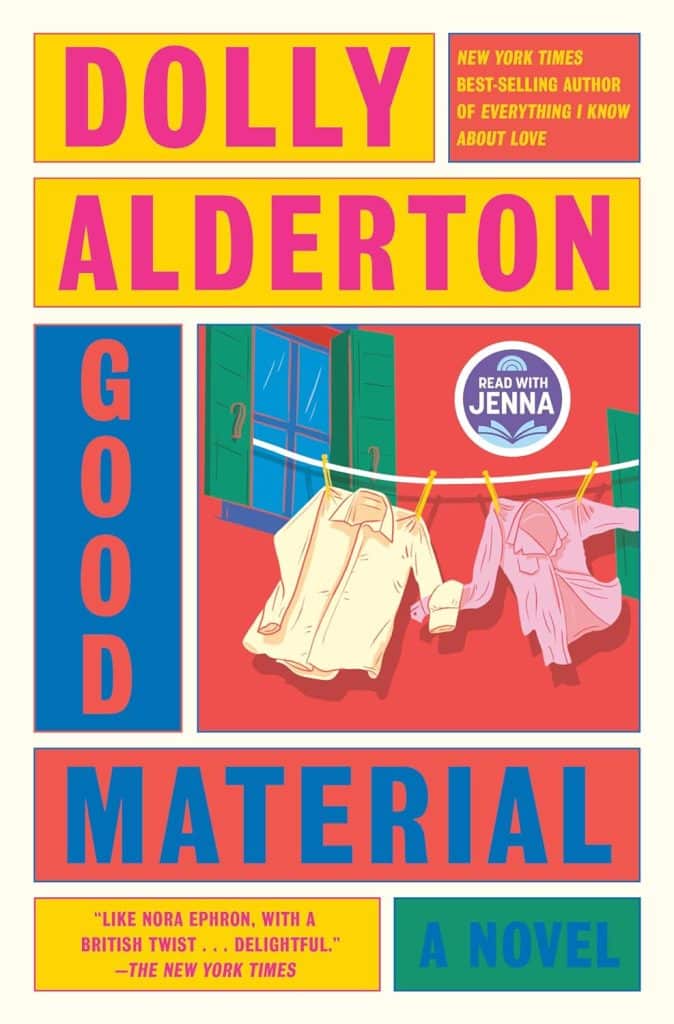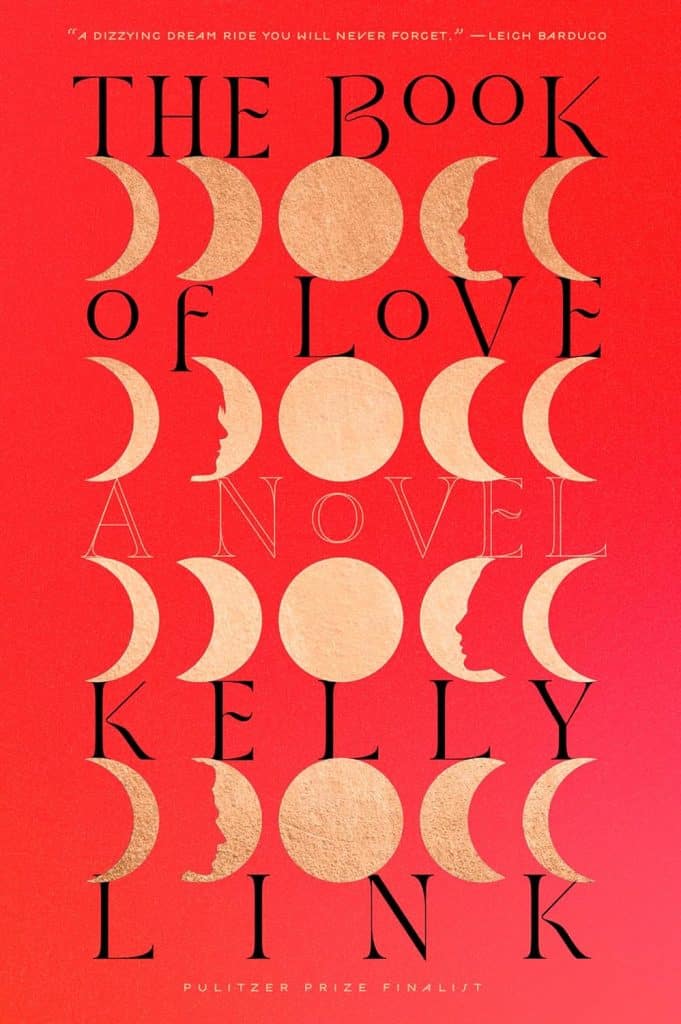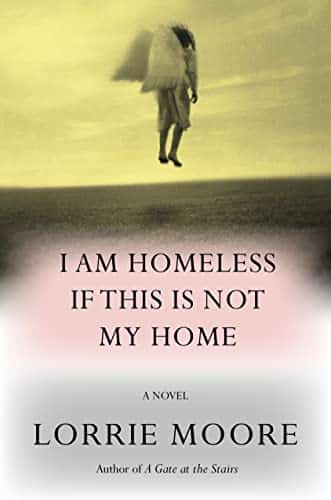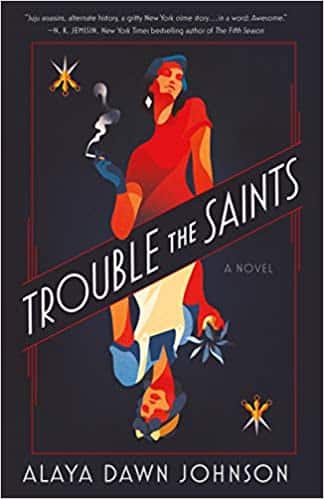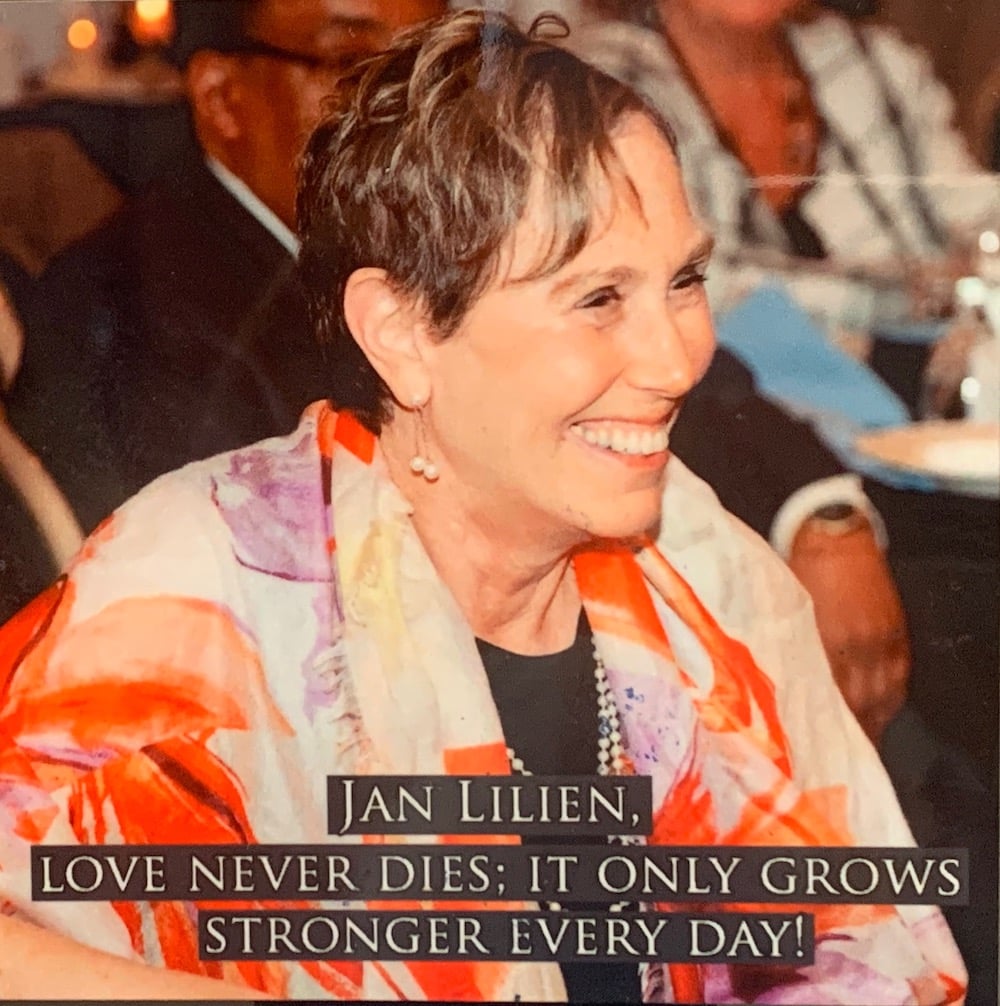
True Love Never Dies!
Estimated reading time: 10 minutes, 52 secondsAfter Forty Years
Together, Again
“I have one last question,” said the NPR reporter hired for my retirement diner interview. We were seated facing each other in comfy, purple chairs. Despite my concern that my purple shirt and tie might clash with the chair, I felt very comfortable until she broached her last question. I had even fancied purchasing an armchair like the one I was sitting in as it was extremely relaxing. But now I wanted the interview to be over.
Realizing I could not unilaterally end the conversation, I chose to proceed with levity.
“I am sure no one wants to hear me talk any longer than I have, but if you have a quick final question, I am all ears.”
As I expected, there was a low rumble of giggles from the audience.
I had to do everything I could to keep from chuckling with them.
Dear reader, this is a change from my prior posts. It is not memories of Jan and the love we shared. It is an attempt at historical fiction. It is based on some events that occurred. Jan Needs Me Now is the second installment.
However, like all historical fiction, it asks the proverbial what-if questions. This story presumes that a frightening episode at the time had not strengthened our love and devotion.
“My final question is one I heard from many of your colleagues, who insisted I ask you.”
My mind raced thru possible queries. Maybe they wanted to know what a workaholic would do after retirement. I had no answer but knew I could finesse that one without breaking a sweat.
“Why are you wearing a wedding ring? Your bio does not mention a spouse, and no one has ever met them.”
Instinctively, I moved my right hand over my ring finger to hide the gold band.
The buzz in the room grew louder. I heard several voices, some I knew, asking the same question.
I took a deep breath to lower my apprehension and decided to try a joke to avoid answering.
“Are you talking about the ringtone on my iPhone?”
Before the interviewer could respond, the crowd answered my feeble joke.
“No! The wedding ring on your hand!”
“I was told this was the question everyone wanted me to ask,” the interviewer reiterated with a smile more expansive than the Hudson River.
Cornered, I knew I could not avoid replying to the question.
Holding my hand up to quiet the crowd, I began to frame my answer.
After almost 48 years, I recently lost my wife, Jan Lilien. Like The Little Prince, Jan and I believed that “The most beautiful things in the world cannot be seen or touched, they are felt with the heart.” This blog is a collection of my random thoughts on love, grief, life, and all things considered.
